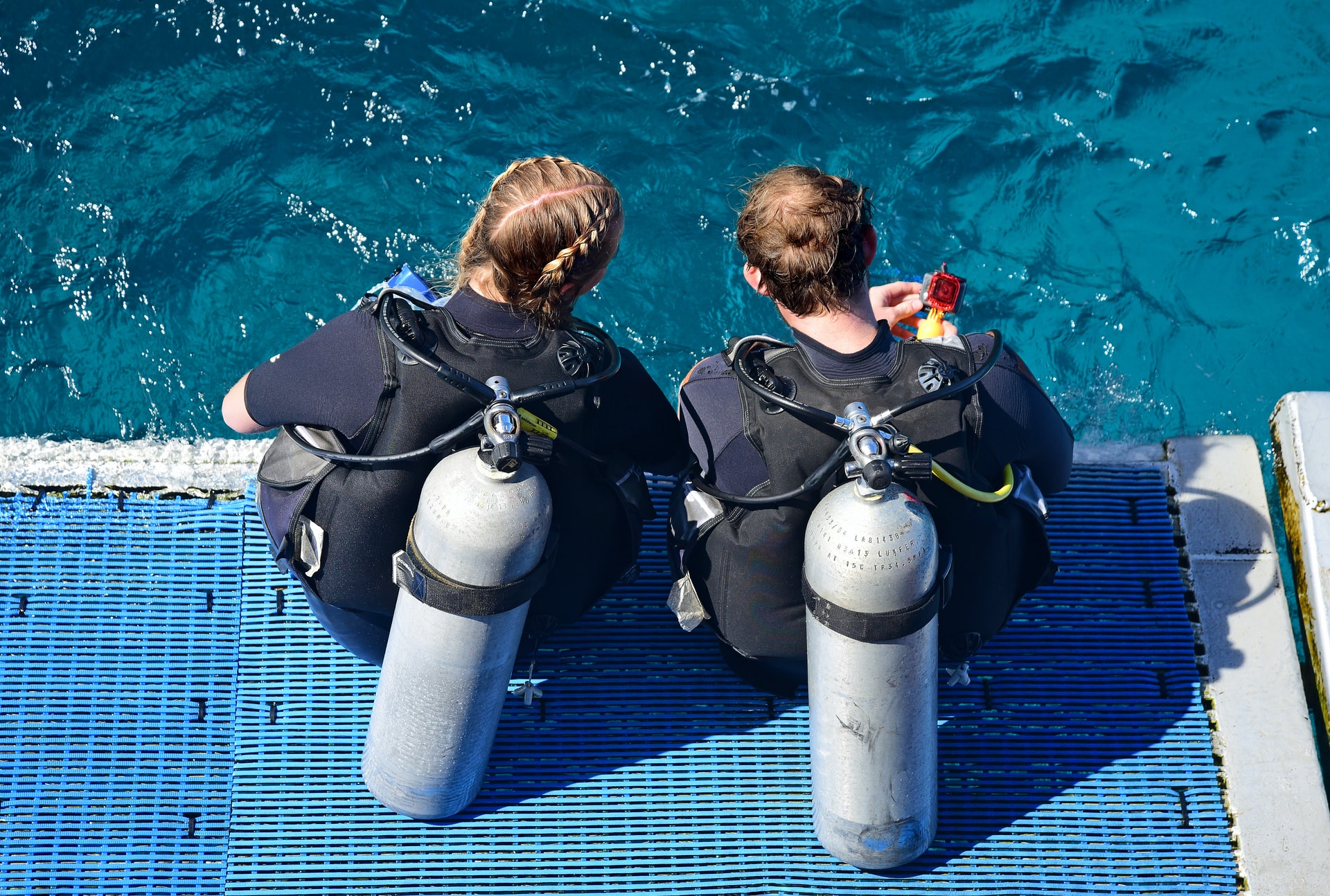For non-divers, one of the most common misunderstandings is that we breathe pure oxygen underwater.
Along with calling fins “flippers” and masks “goggles,” referring to the “oxygen” tank is something that students are quickly corrected on when learning to dive.
But, it’s reasonable for an average person to think it could be oxygen, and when told it’s not, to want to understand why and learn what scuba divers breathe underwater.
So, let’s take a look at all this and see the reasons why recreational scuba divers don’t breathe pure oxygen underwater.
- 2 Reasons Why Scuba Divers Don’t Breathe Pure Oxygen
- Would It Be Possible to Breathe Pure Oxygen?
- Would Breathing Pure Oxygen Have Benefits for Scuba Divers?
- Is Scuba Oxygen the Same As Medical Oxygen?
- Are There Gas Mixes With Higher Oxygen Concentration?
- Conclusion
- You Might Also Like…
Disclosure: this post contains affiliate links (clearly marked with ), which means we may earn a commission if you buy something through them, at no additional cost to you.
2 Reasons Why Scuba Divers Don’t Breathe Pure Oxygen
The most common gas used for recreational diving is, in fact, everyday air.
The air is filtered to remove any pollution and compressed into the scuba tank, so there’s enough for a nice long dive, but other than that, it’s just like the air we breathe normally.
But why isn’t pure oxygen used?
1. Cost and Practicality
One reason why compressed air rather than oxygen is used for scuba diving is cost.
Filling a scuba tank with an air compressor is a relatively cheap and straightforward process.
While the compressor needs to be one that’s suitable for producing safe, clean, breathable air, this equipment can easily operate anywhere and is readily transportable.
The gas itself is free, so all you need is the scuba compressor and a way to power it, and off you go filling your tanks.
So when scuba diving was in its beginnings, especially in remote tropical locations, it made sense to use compressed air.
Filling tanks with pure oxygen, on the other hand, requires large oxygen tanks that are used to fill the smaller diving tanks or special and costly equipment called oxygen generators.
Large tanks might not be readily available locally and need to be shipped in, so using air is considerably more manageable.
It also is far quicker to fill scuba tanks from an air compressor system than from an oxygen cylinder which is a factor in a busy dive resort.
To fill scuba tanks with pure oxygen and use it for diving, both the tank and the other diving equipment like the regulator must be of a specific design and specially serviced and maintained to be safe to use with the high oxygen concentrations.
Oxygen can be a dangerous gas to use, with a very high risk of fire and explosion if not correctly handled.
So to be able to use pure oxygen safely, there would be additional costs for the equipment, and specialists are needed to fill the tanks.
For these practical and safety reasons, filling a standard scuba tank with oxygen rather than air is approximately ten times more expensive.
2. Oxygen Toxicity
Having talked about cost and practicality, we come to the most critical reason why pure oxygen isn’t used for recreational scuba diving.
Even if the cost wasn’t an issue, a problem called central nervous system (CNS) oxygen toxicity effectively prevents us from using pure oxygen to dive with.
Simply put, the higher the percentage of oxygen in the gas, the shallower that it can be safely breathed by a diver underwater.
CNS oxygen toxicity is caused by breathing a gas too deep underwater for its oxygen content.
Normal air used for scuba diving contains approximately 21% oxygen.
The safe depth limit for this oxygen level is over 180 feet / 55m, so it isn’t an issue for a recreational diver whose maximum depth limit with training and experience is 130 feet / 40m.
If a diver did want to use pure oxygen, then the maximum depth it could safely be breathed at is 13ft / 4m.
This depth limit is impractical as it is very shallow, and would be very easy to dangerously exceed.
CNS Oxygen toxicity is hazardous as it can cause convulsions underwater without warning, which in most cases cause the victim to drown.
Under particular circumstances, it can be used for technical diving, and we will look at these below.
Would It Be Possible to Breathe Pure Oxygen?
Below water, as we have seen, pure oxygen could be used provided that the diver’s equipment is suitable for it and they don’t go below 13ft / 4m.
A technical dive computer capable of working with high oxygen levels would be needed to dive safely.
Above water, it is possible to breathe pure oxygen, however, only for limited periods.
For hospital patients, for example, with breathing difficulties, oxygen therapy is used to help get sufficient oxygen into their bodies.
However, this is done under carefully monitored circumstances and often at reduced concentrations so as not to reach the oxygen exposure time limit.
This is because breathing pure oxygen for very long periods can cause damage to the internal surface of the lungs.
So while pure oxygen is often used in emergencies, it is done under careful control or in circumstances where the patient’s medical condition overrides the risks that using the oxygen presents.
Would Breathing Pure Oxygen Have Benefits for Scuba Divers?
If it were possible to breathe pure oxygen underwater without breaking the safe depth limit, recreational divers could theoretically spend longer underwater.
If other factors like the amount of gas in the diver’s scuba tank or the water temperature were not limiting, a recreational diver breathing pure oxygen would not have the usual limiting factor of no-decompression time as they would not be accumulating nitrogen while they dive.
There would still be a limit at which they would need to return to the surface slowly, and a technical dive computer that could calculate dives with pure oxygen would be required.
While the no-decompression time limit would be far longer than that from diving with air, in reality, the average diver would empty their tank or get cold far before the benefit was achieved, or the oxygen exposure limit of 150 minutes was reached.
There are, however, real situations where pure oxygen is helpful to a scuba diver.
First Aid
For any scuba diving-related injury, including decompression sickness, pure oxygen is always the primary first aid treatment once any more life-threatening injuries have been attended to.
As many scuba diving injuries affect how well the body can receive oxygen, providing the victim pure oxygen to breathe can significantly help their chances of a full recovery or prevent symptoms from worsening.
Emergency oxygen provision is taught to boat crews, scuba instructors, and dive guides so that they can safely assist in the event of a diving accident.
Remember that although emergency oxygen can help, anyone that has suffered a diving injury must be urgently seen by professional medical personnel.
Technical Diving
In technical diving, pure oxygen can be used as a gas to allow the diver to reach the surface safely at the end of their dive.
Technical dives involve exceeding the no-decompression limit time meaning that the diver cannot directly ascend to the surface and make a safety stop as in a recreational dive.
A carefully formulated plan is followed involving stopping at set depths for set times to allow the absorbed nitrogen to leave the body safely.
To speed up the process, it is normal for technical divers to change the gas they are breathing during the stop for one with a higher oxygen content.
This is planned in advance and carried out very carefully so as not to exceed the safe depth at which it is safe to breathe the gas.
Technical divers can use pure oxygen as a decompression gas, but as we have seen can only be breathed shallower than 13ft / 4m.
Is Scuba Oxygen the Same As Medical Oxygen?
Manufacturers produce various grades of oxygen suitable for different applications. These include:
- Industrial Oxygen
- Aviator’s Breathing Oxygen
- Medical Oxygen
- Liquid Oxygen
Medical oxygen is regarded as a controlled product in many countries and can only be purchased by authorized organizations, and is not usually available to scuba divers.
However, while it can be supplied in different forms, medical oxygen itself is typically the same product as that used for diving.
Oxygen suitable for scuba diving must be no less than 99.5% pure and have what is called a low dew point.
It is essential to check with the local supplier regarding the suitability for scuba diving of the different available grades of oxygen, as this can differ from country to country.
Are There Gas Mixes With Higher Oxygen Concentration?
Enriched air, also known as nitrox, is a scuba diving gas with a higher percentage of oxygen in it than regular air, and accordingly, a lower level of nitrogen.
The main benefit of using enriched air is that scuba divers get a longer no-decompression time limit for dive compared to normal air.
Because the diver is absorbing less nitrogen during the dive, they can spend longer at a particular depth before they need to end their dive with a safety stop.
Using enriched air requires special training and a compatible dive computer to plan and carry out the dives safely for the oxygen content of the gas.
Conclusion
We’ve seen that while it does have some specific diving applications, pure oxygen isn’t used by recreational scuba divers.
Special equipment is needed, and the safe depth limit at which pure oxygen can be breathed is impractically shallow for recreational diving.
Because of the cost, practical, and safety issues involved, pure oxygen should only be used carefully, under specific circumstances, and with the proper training.
You Might Also Like…
-

How Do Scuba Divers Drink Water? 5 Possible Ways (+7 Tips)
-

How Long Can Scuba Divers Stay Underwater? (+9 Limiting Factors)
-
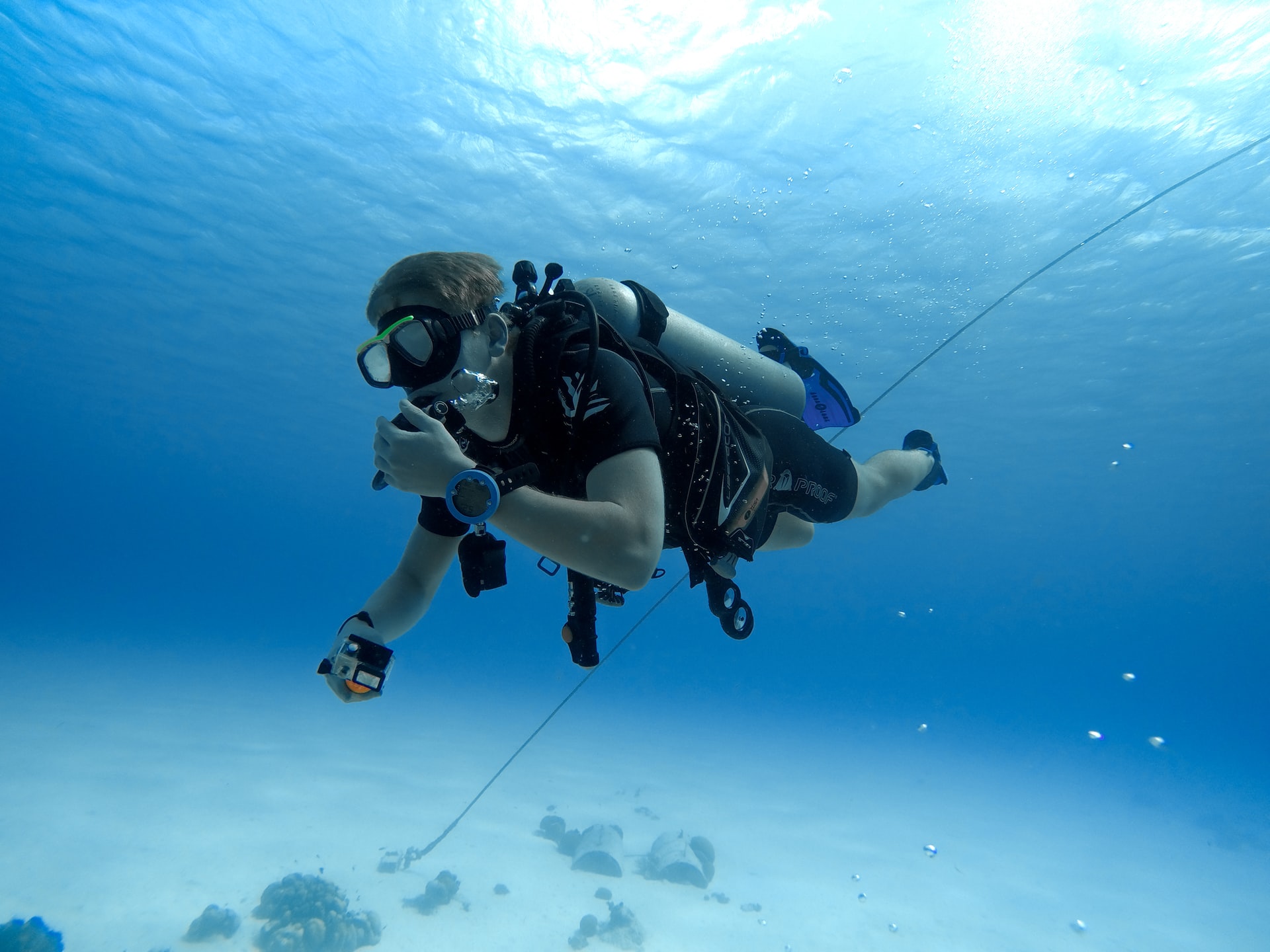
Are Scuba Divers Athletes? All the Facts (+New Competitive Forms)
-
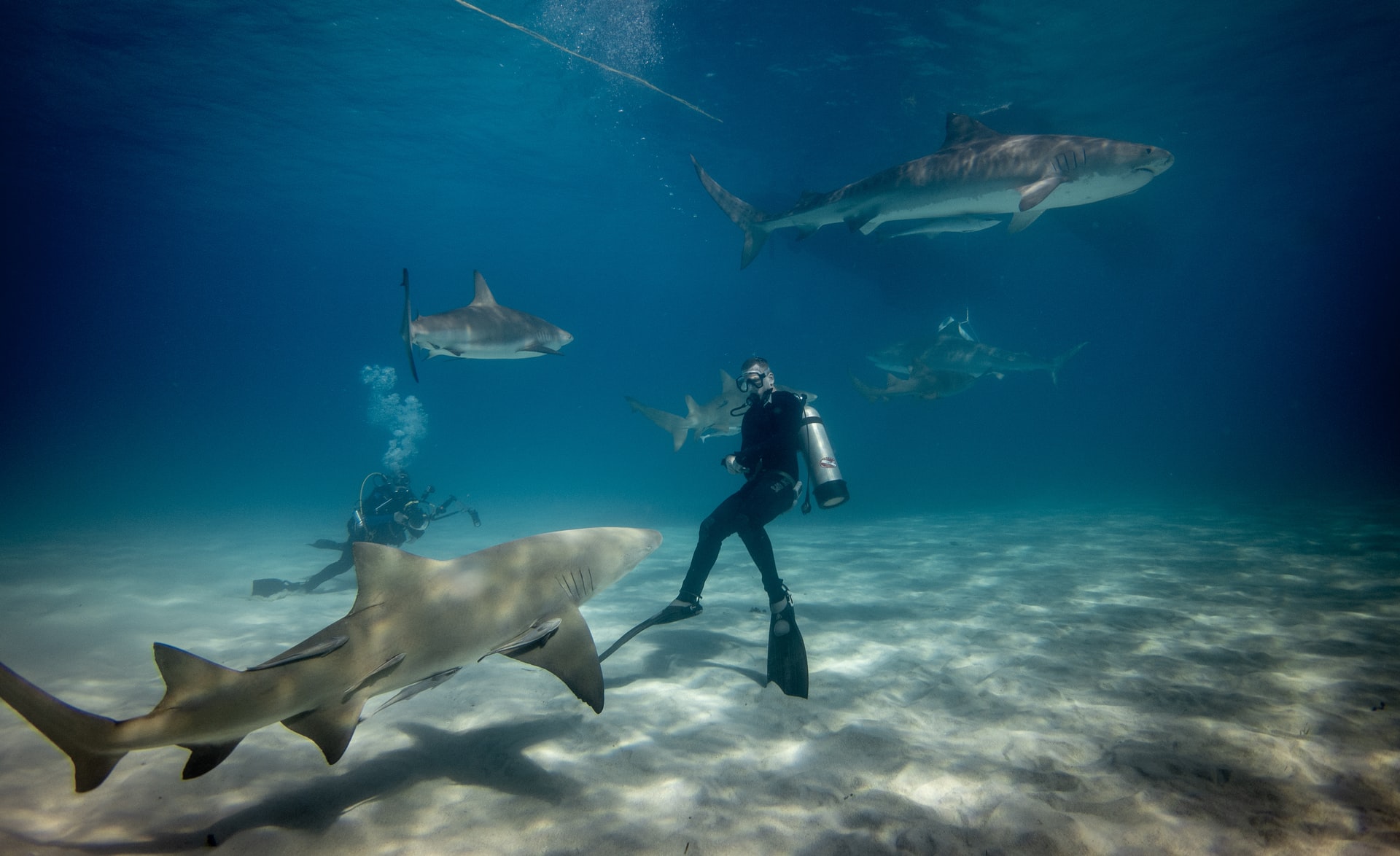
Are Sharks Scared of Scuba Divers? (What Every Diver Must Know)
-
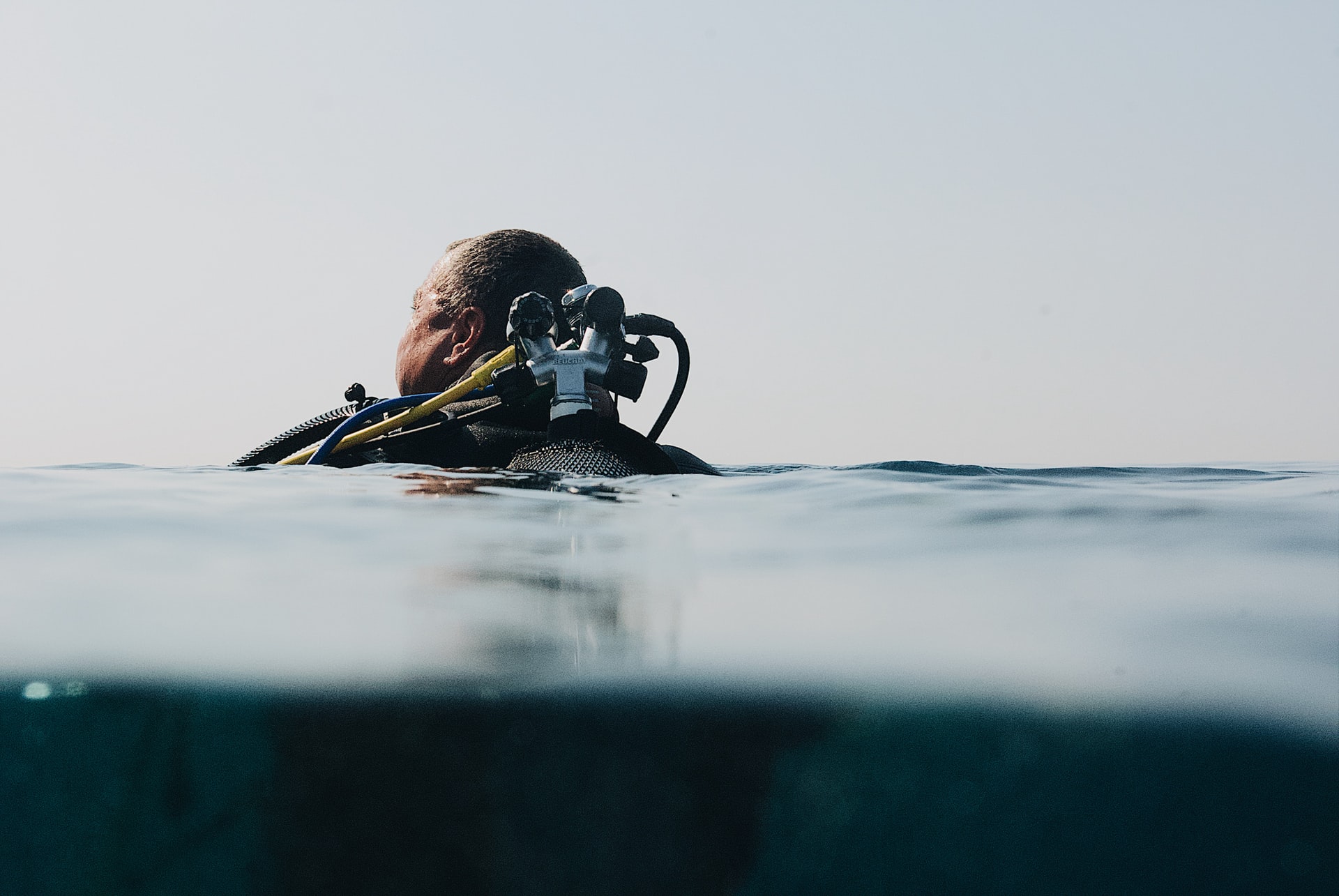
Who Should Not Scuba Dive? 17 Reasons (Every Diver Should Know)
-
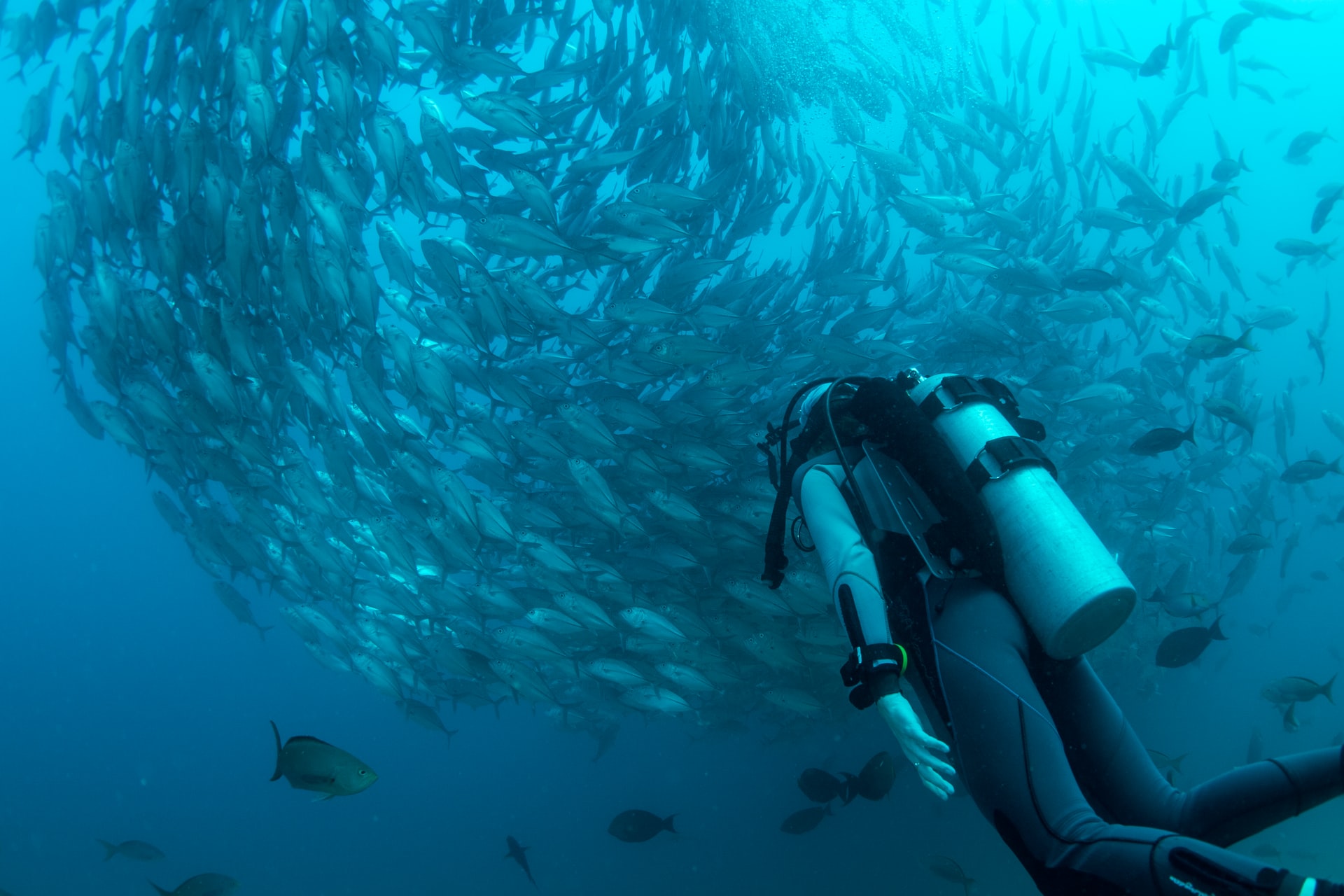
Should I Be Scared of Scuba Diving? 8 Common Fears (Debunked)
-
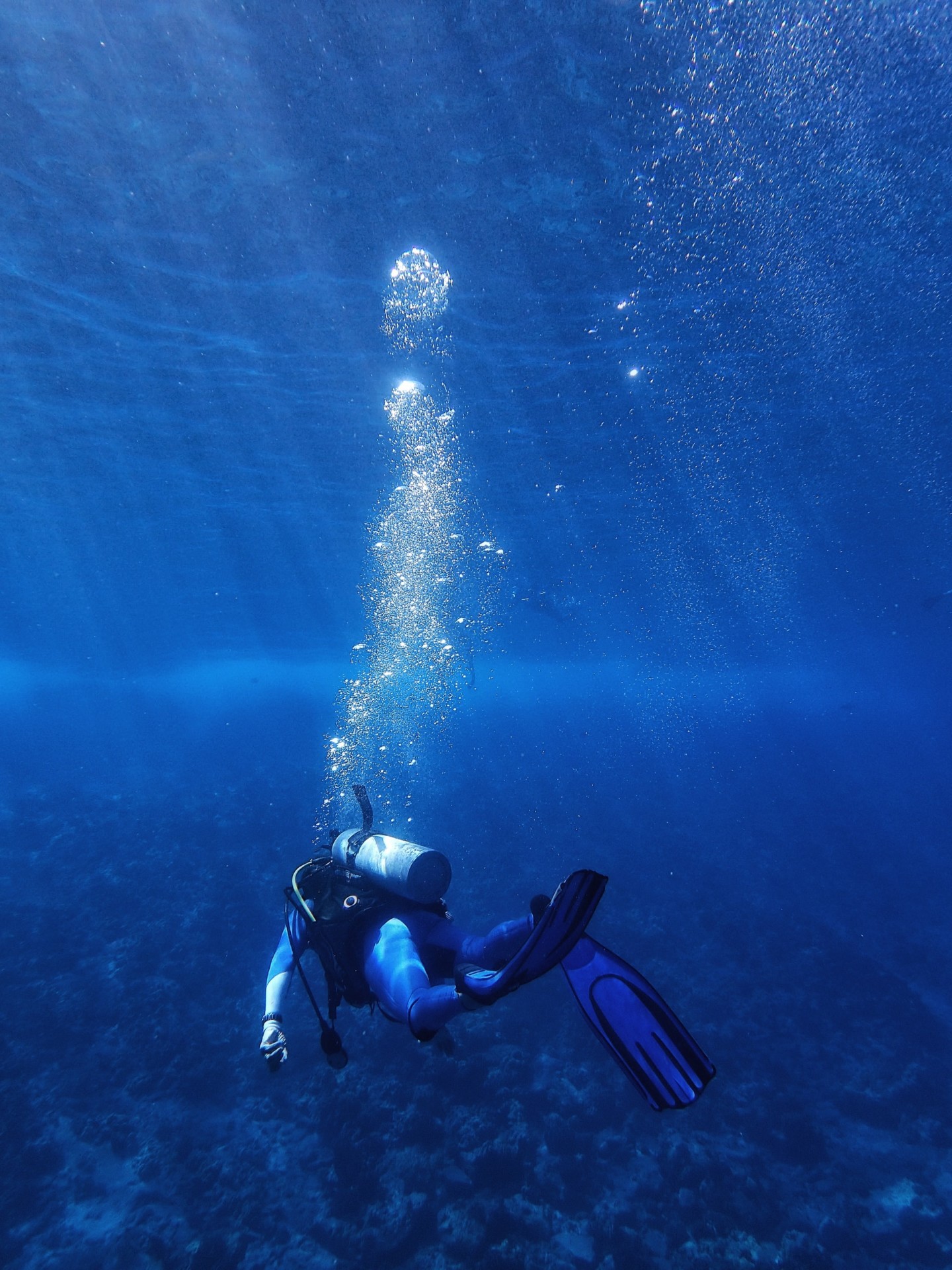
Why Do Scuba Divers Use More Air at Depth? (+4 Practical Tips)
-
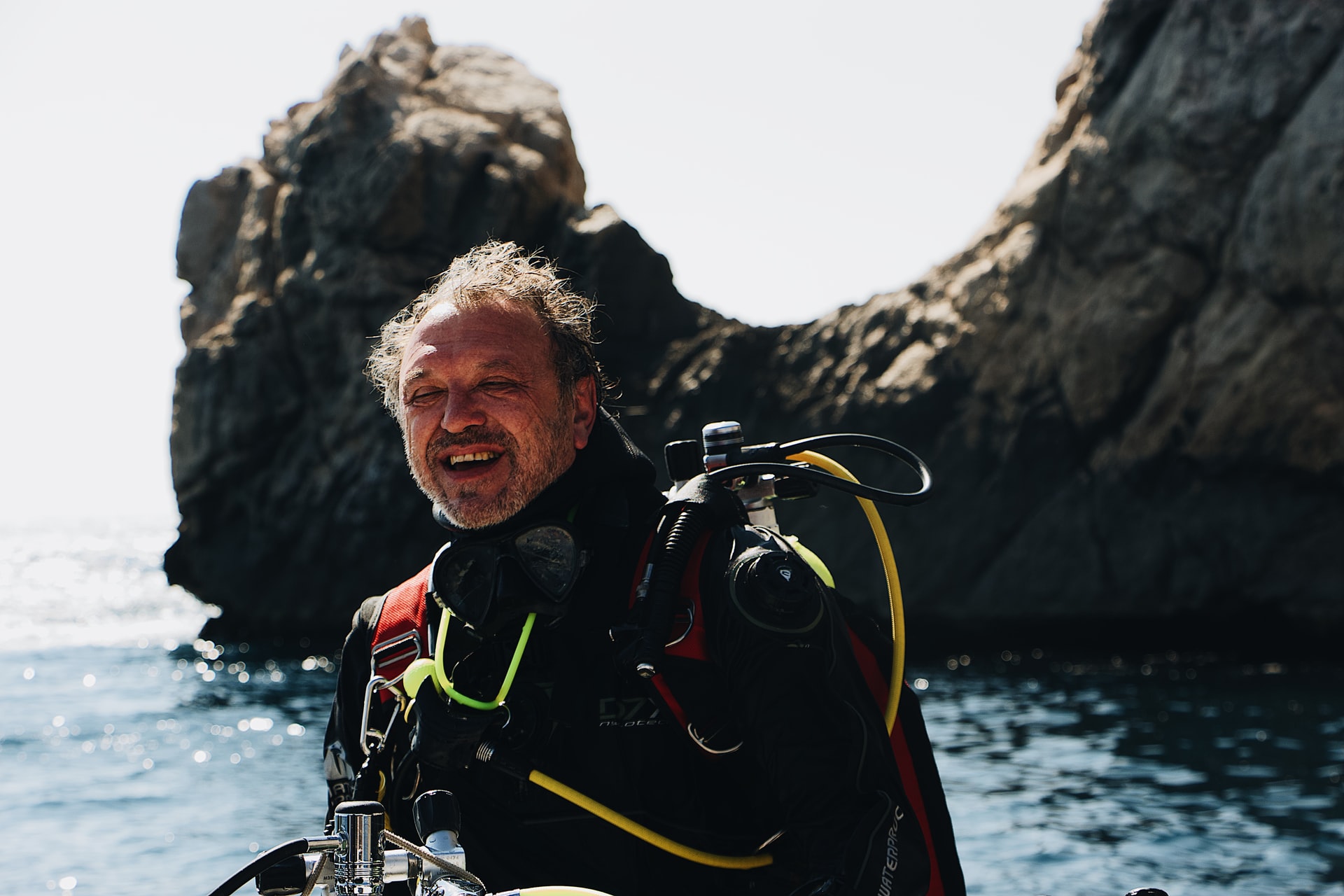
At What Age Should You Stop Scuba Diving? (+9 Tips for Older Divers)
-
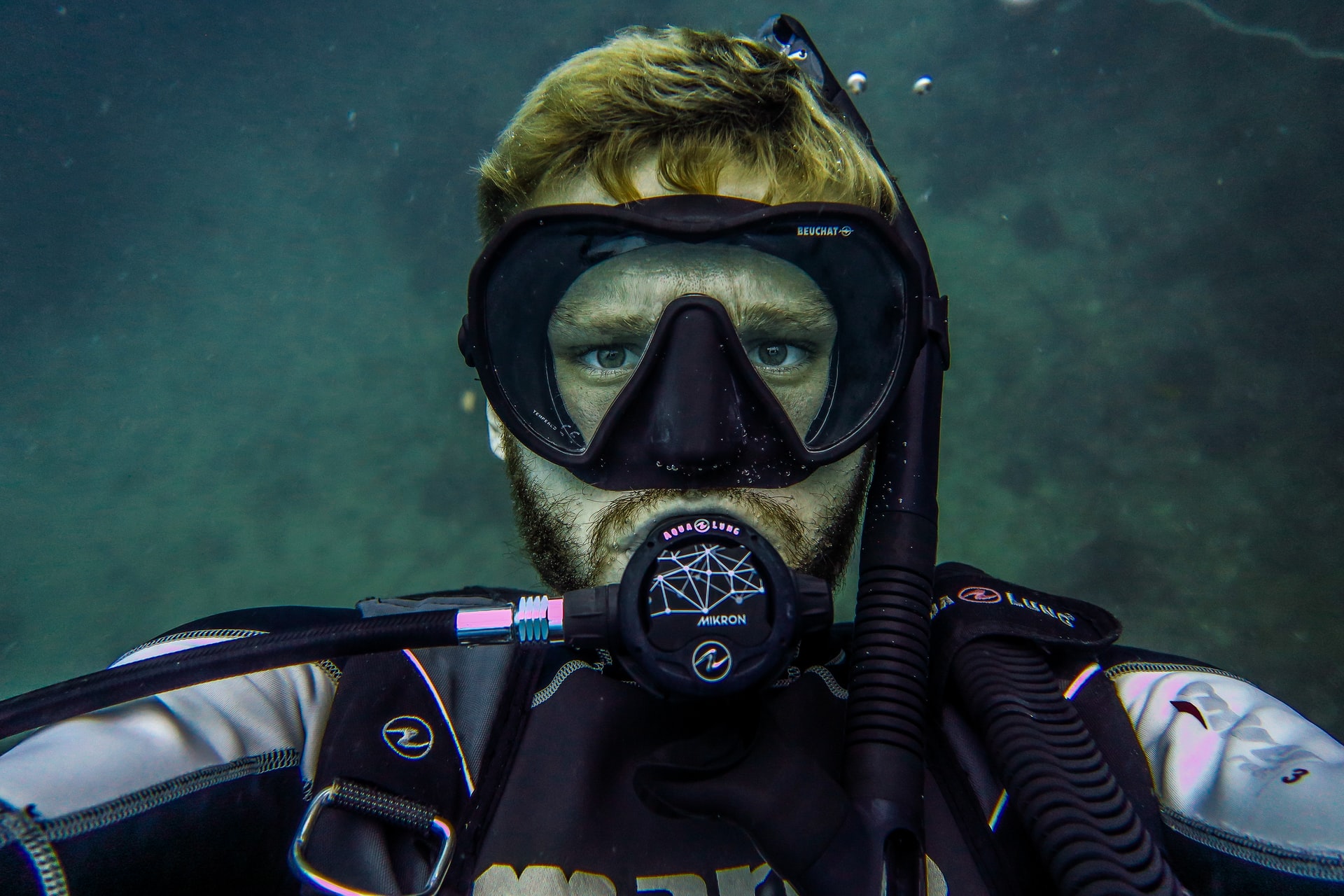
Should I Shave Before Scuba Diving? Crucial Facts (+9 Helpful Tips)
-
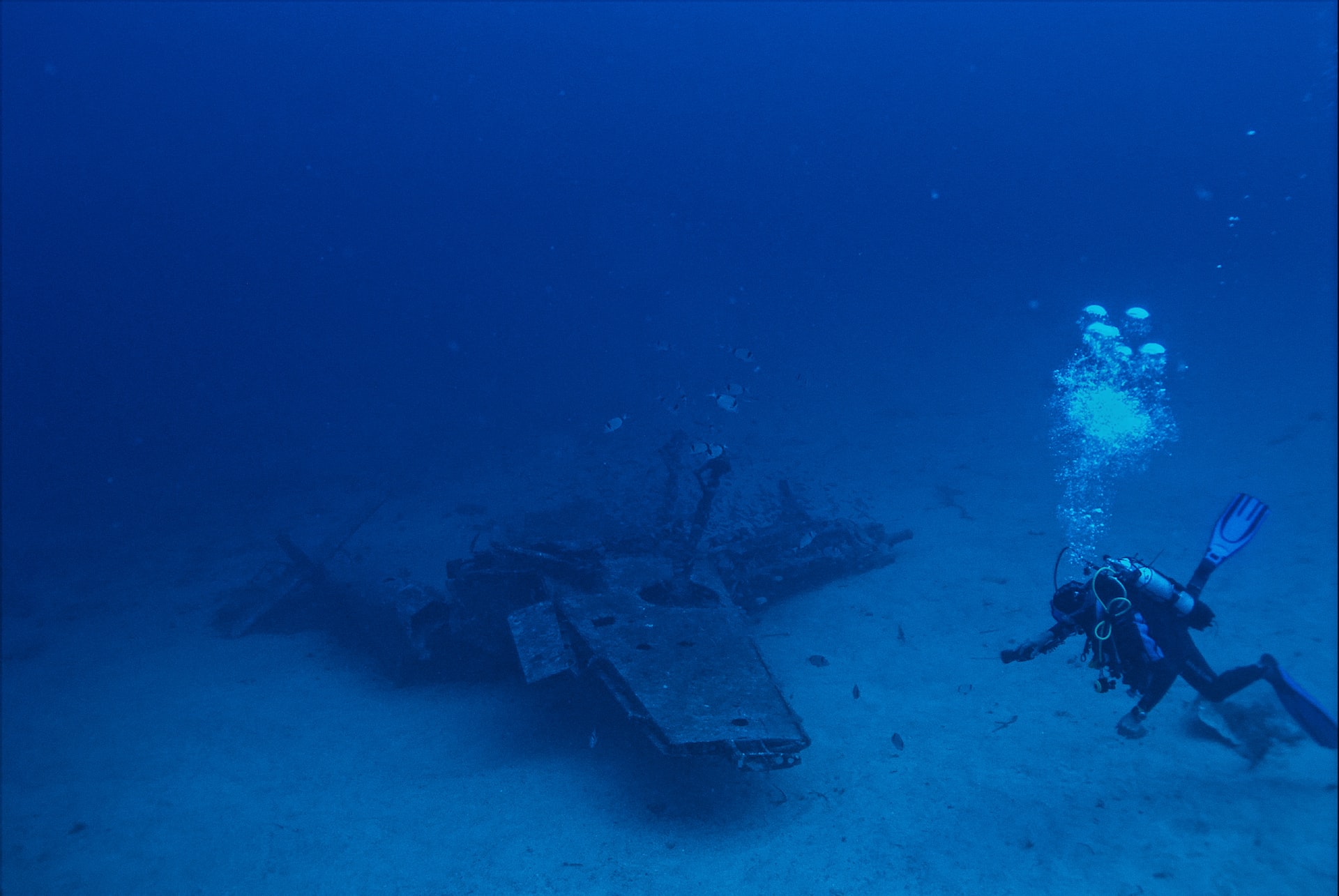
Why Do Scuba Divers Use Helium? (+Its Pros & Cons)
-
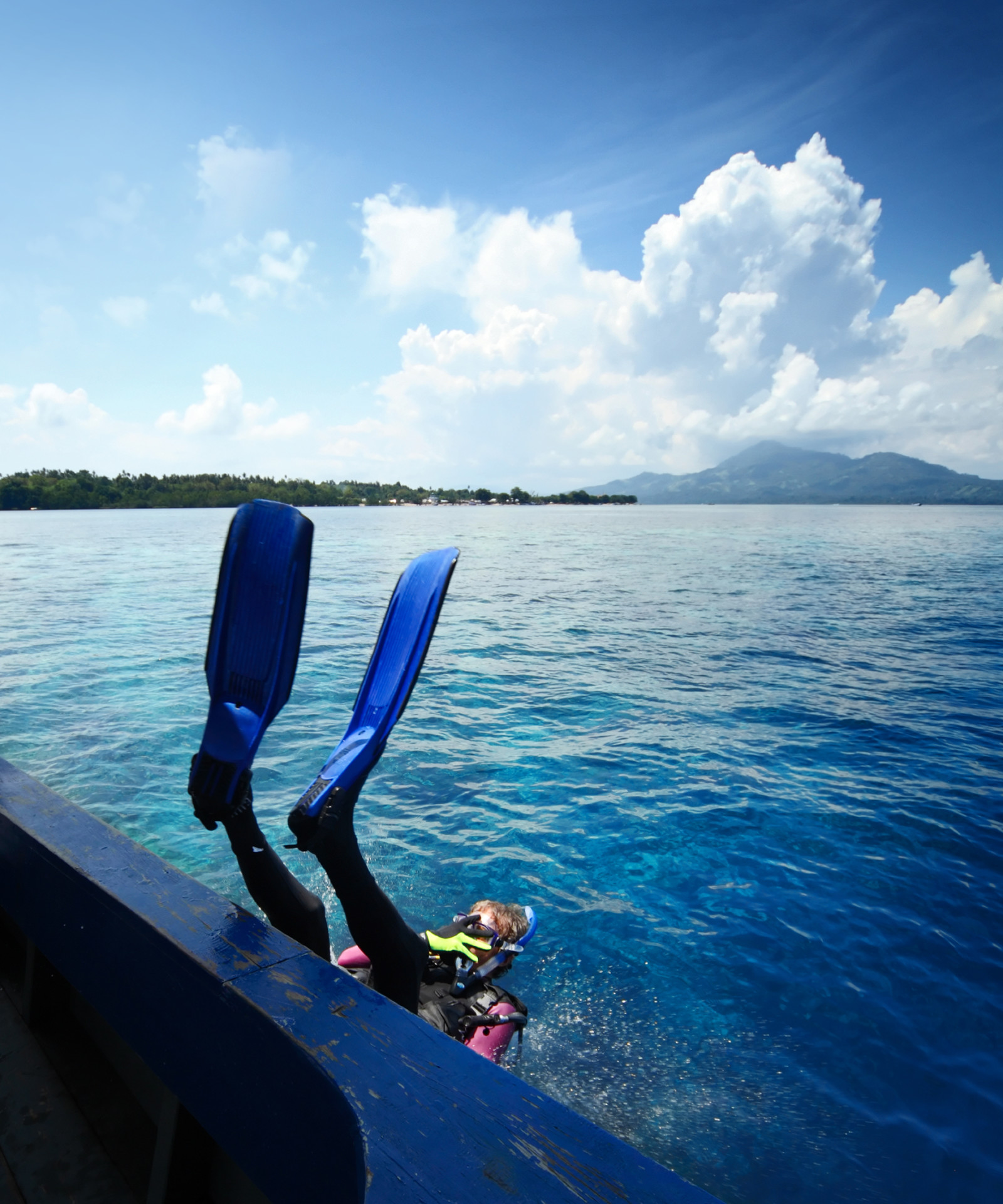
Why Do Scuba Divers Go in Backwards? (+3 Alternative Entries)
-
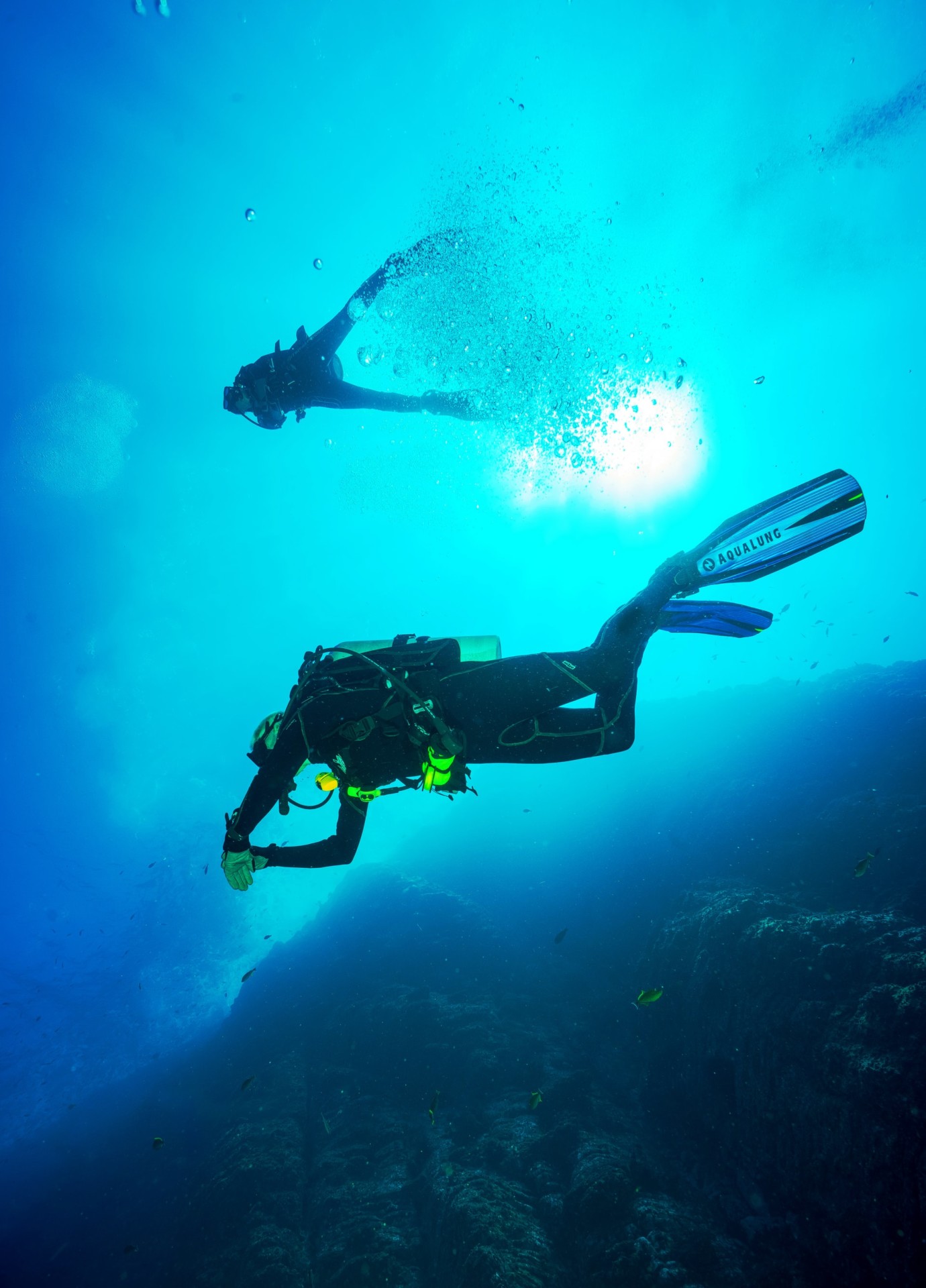
How Do Scuba Divers Sink and Float? (+Tips to Get It Right)

